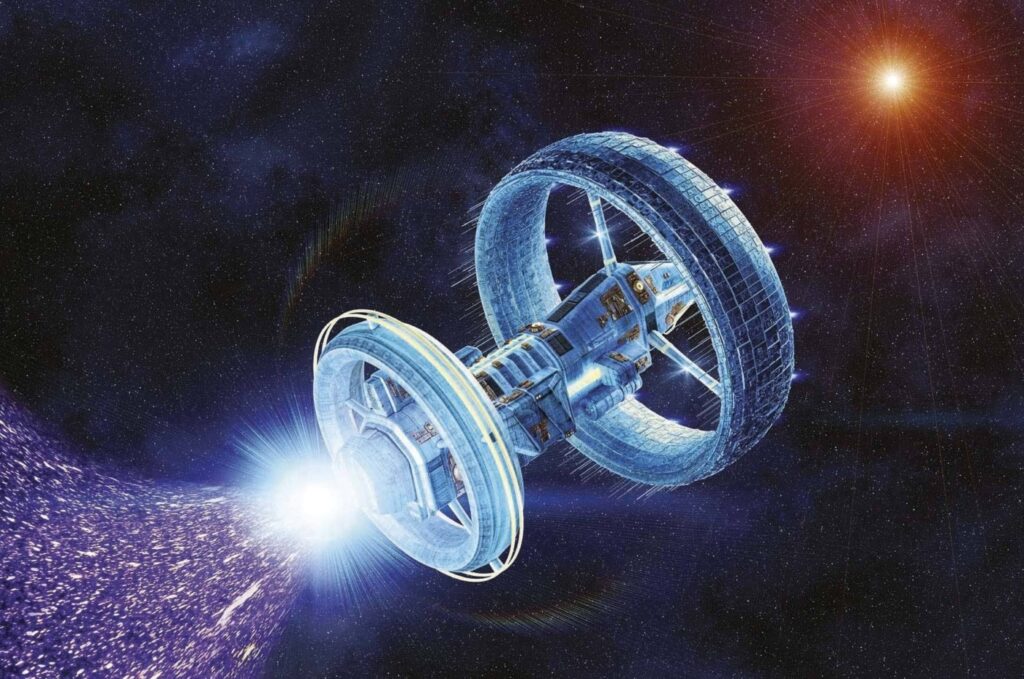The future of space exploration is filled with the idea of approaching and perhaps surpassing the speed of light. With today’s technology, it takes over 50,000 years to reach the nearest star systems like Alpha Centauri. However, innovative ideas pushing the limits of modern science and technology could dramatically shorten this duration.
Norwegian Professor Espen Gaarder Haug has proposed a theory that could enable a spacecraft to reach 99.999% of the speed of light using photons. The massless nature of photons makes them ideal energy sources. In this context, technologies like solar sails come into play. Solar sails are thin, wide surfaces that use solar winds to accelerate in space. This technology was tested by the Japan Aerospace Exploration Agency in 2015 with the LightSail 1 satellite, which achieved an approximate speed increase of 10 meters/second. However, the maneuverability of these systems is limited.
Solar Sail Tests Conducted by the Japan Aerospace Exploration Agency in 2015
NASA is working on developing solar sail technology with diffractive sails. These sails aim to use sunlight more efficiently by placing small optical windmills on them, thus offering more speed and maneuverability.
Miguel Alcubierre’s 1994 Warp Drive Model
On the other hand, traveling at the speed of light also harbors some dangers. For example, when a spaceship traveling at the speed of light tries to stop, the photons accumulating in front of it can release a large amount of energy. According to Italian physicist Stefano Finazzi, this energy needs to be managed by gradually reducing the speed.
Additionally, the warp drive proposed by Mexican physicist Miguel Alcubierre in 1994 could theoretically allow faster-than-light movement by warping space-time. However, this technology has the potential to disrupt the fabric of space-time and harm the universe.
Is Surpassing the Speed of Light Possible?
In conclusion, approaching and surpassing the speed of light is one of modern science’s greatest goals. However, this journey is filled with both technical challenges and potential dangers. Scientists continue their work to discover safe ways to overcome these limits.
Source: Space
